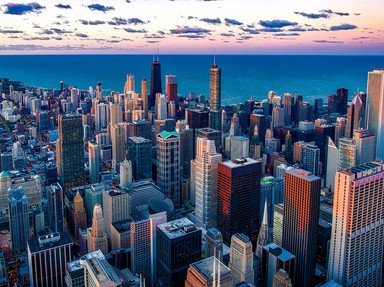Quiz Answer Key and Fun Facts
1. The medieval towers that still stand in the historic centre of the city of Pavia were built between the 11th and the 13th centuries. In what region of Northern Italy, whose capital is Milan, is Pavia found?
2. These imposing leaning towers, known as Garisenda and Torre degli Asinelli, are among the symbols of which major Italian city, known for its great food and the oldest university in the West?
3. Rising over the historic centre of Verona, the Torre dei Lamberti is one of Italy's finest examples of civic tower. What materials were originally used to build it in the late 12th century?
4. While people may not readily associate Rome with medieval towers, the Eternal City boasts its share of such buildings. The tallest of them, the Torre delle Milizie, stands behind which famous archaeological site - known as the world's first shopping mall?
5. In the Middle Ages, this small hill town in Tuscany was home to over 70 towers, 14 of which still remain. What is the town's name (which bears no relation to bottled water)?
6. Built in the late 14th century, Torre Guinigi is one of the most popular monuments of the ancient, wall-encircled Tuscan city of Lucca. The trees that grow on top of the tower are all specimens of Quercus ilex, known in English by what common name?
7. One of Italy's most beautiful civic towers, the tower of Siena's Palazzo Pubblico is known by what very distinctive name, which those of you familiar with Italian would associate with eating?
8. The tower in the photo, located on the Tyrrhenian coast of Calabria, was once part of an extensive network of coastal fortifications built in the 16th century during the reign of which Spanish king and Holy Roman Emperor - a grandson of the Catholic Monarchs?
9. Located near Lake Garda, the Torre di San Martino della Battaglia was erected in the late 19th century to commemorate a battle fought in its vicinity in 1859, during which conflict?
10. Turin's most famous landmark, the Mole Antonelliana may not be shaped like a traditional tower, but - as one of the world's tallest brick buildings - it definitely qualifies for inclusion in this quiz. What was its original purpose - bearing in mind that it was built after freedom of religion was officially sanctioned in Italy?
Source: Author
LadyNym
This quiz was reviewed by FunTrivia editor
trident before going online.
Any errors found in FunTrivia content are routinely corrected through our feedback system.
